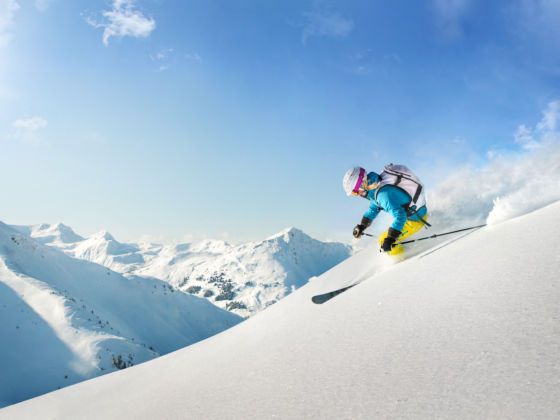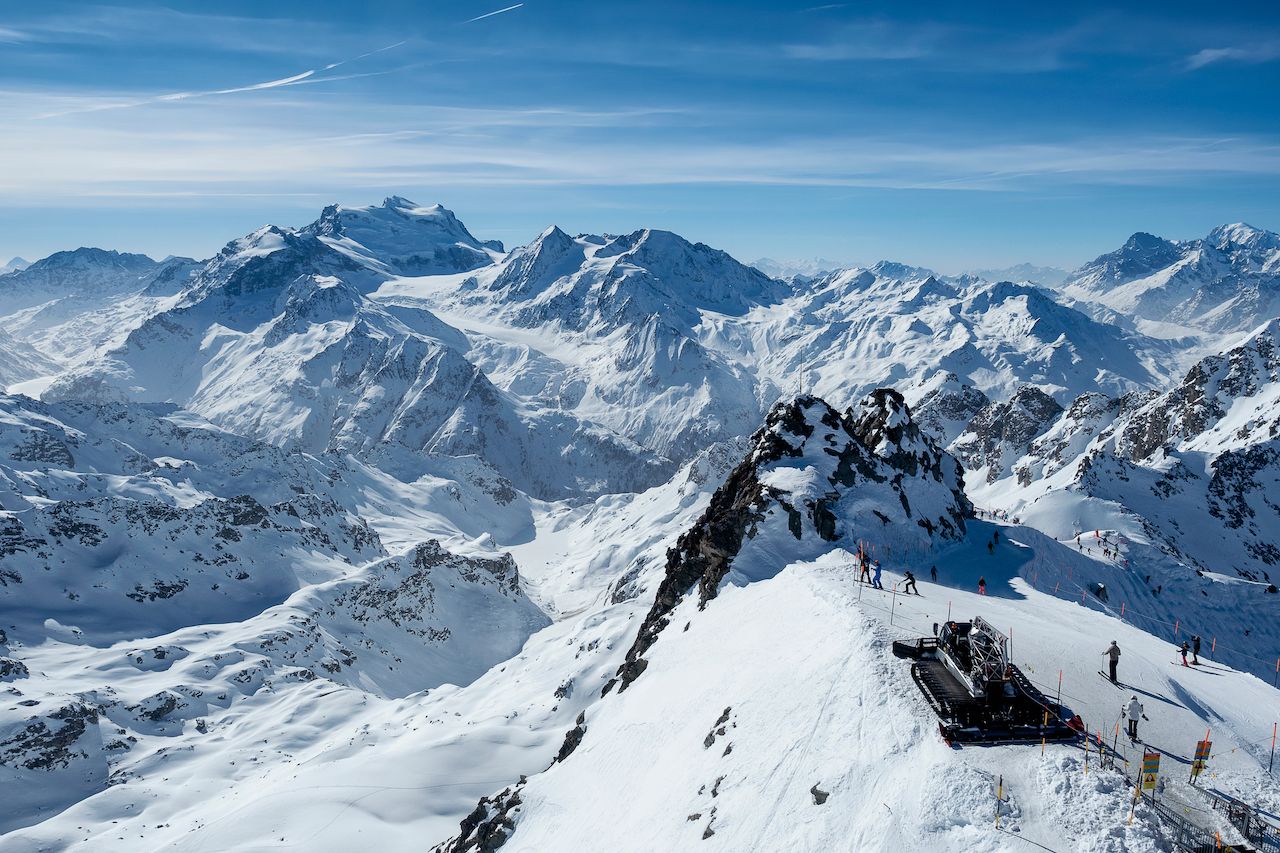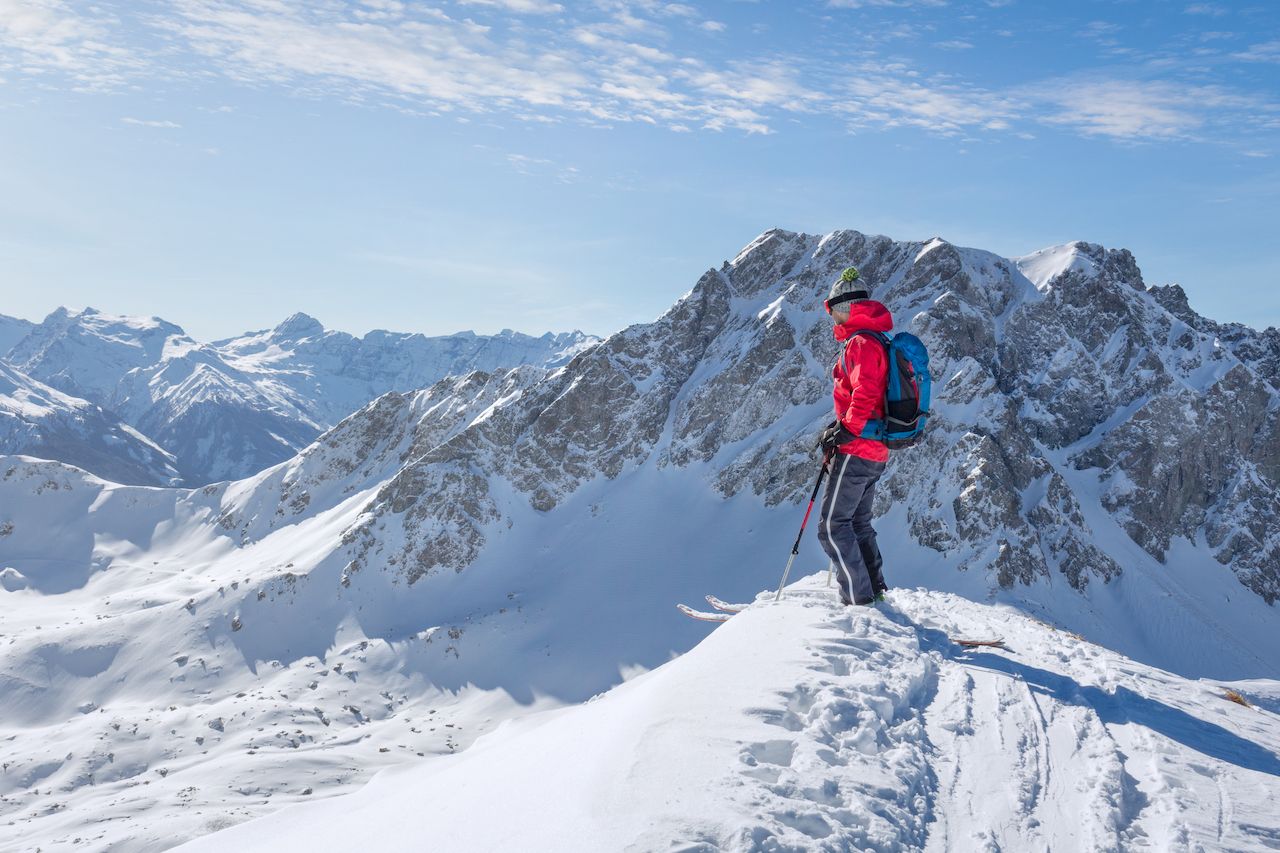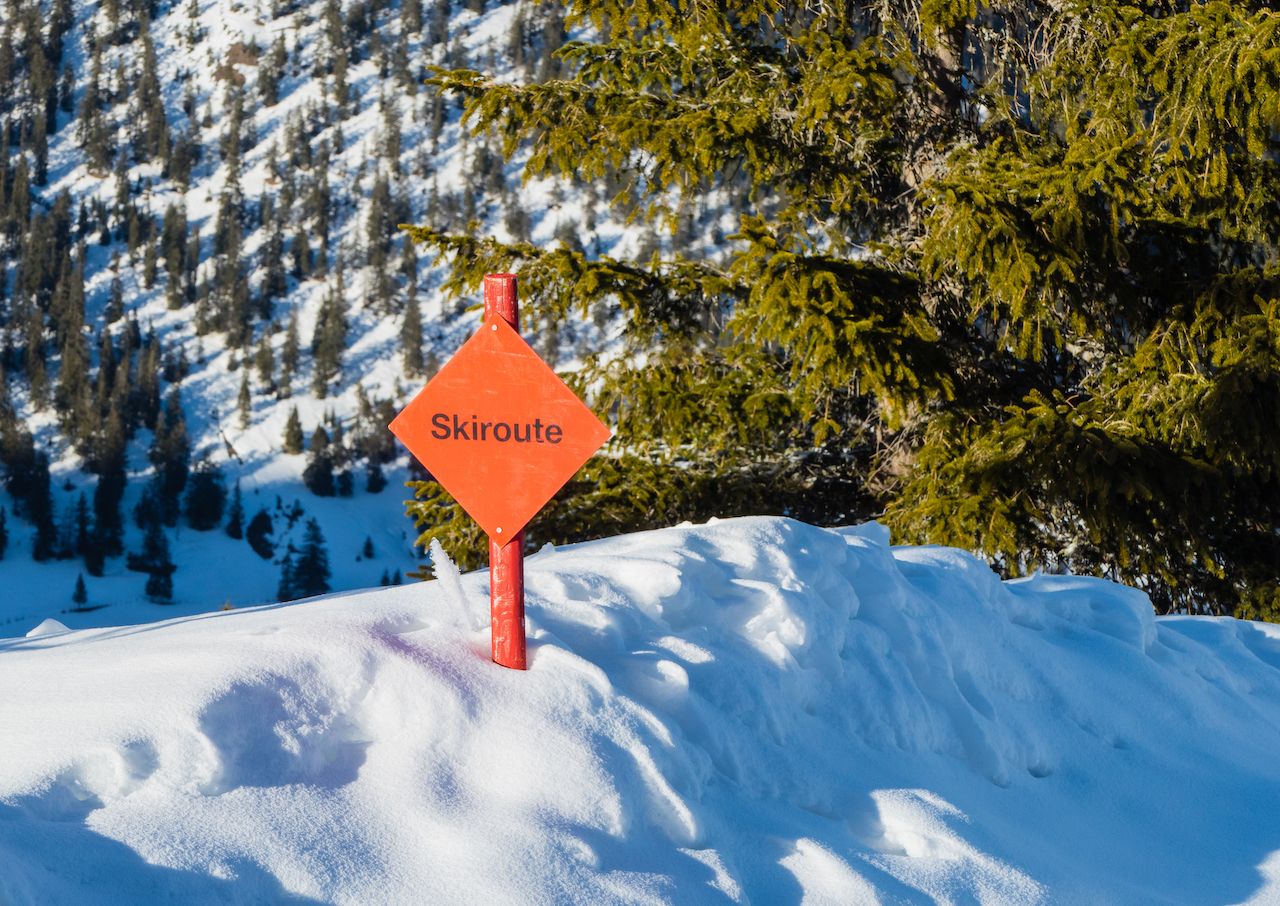When Hans Solmssen first went to Verbier, back in 1983, he brought a friend with him. Inside the famed Swiss ski resort, the two of them traversed towards a steep, open bowl of untracked powder. There, Somssen’s friend, skiing above him, set off an avalanche that engulfed Solmssen.
Trapped within the rushing flow of snow, Solmssen made every effort to keep his head up, arching his back and pointing his head upwards ever closer to his ski boots behind him. As soon as the avalanche stopped, the liquified snow froze solid. Hans’s body ached in this contorted posture, the back of his head close to the heels of his boots, but that position saved his life.





